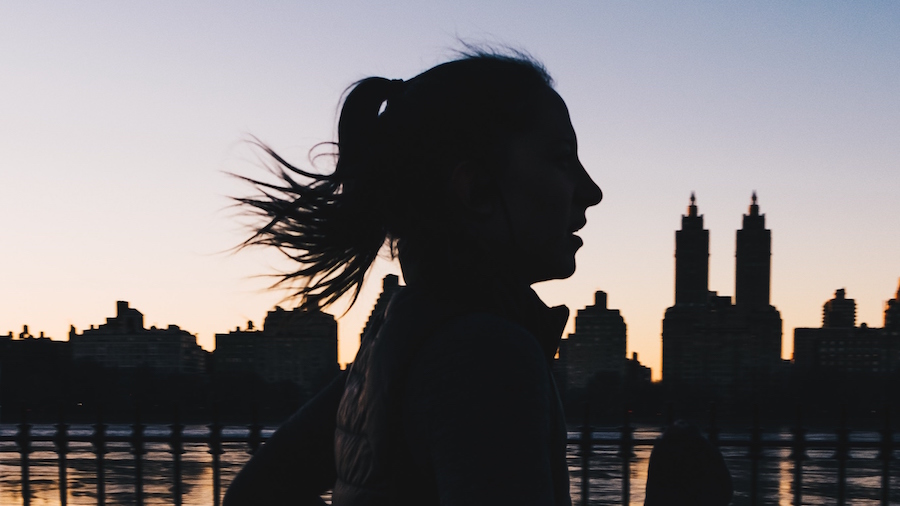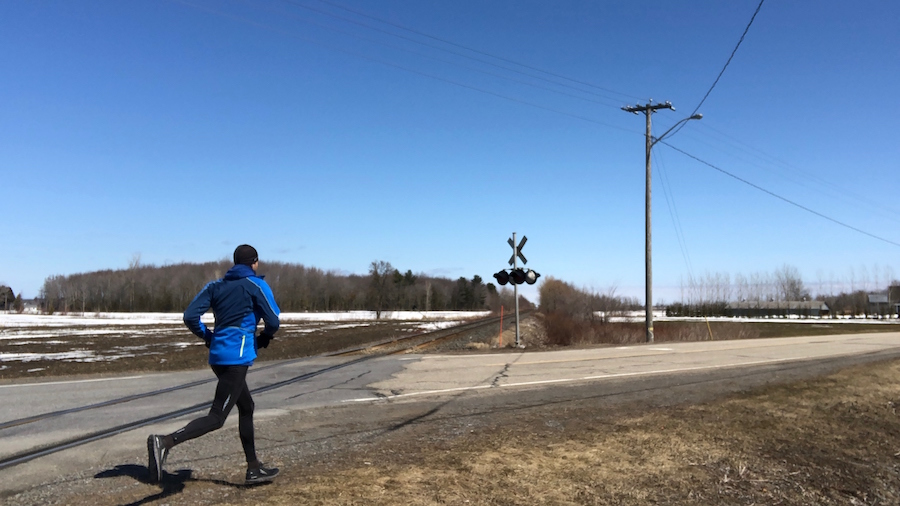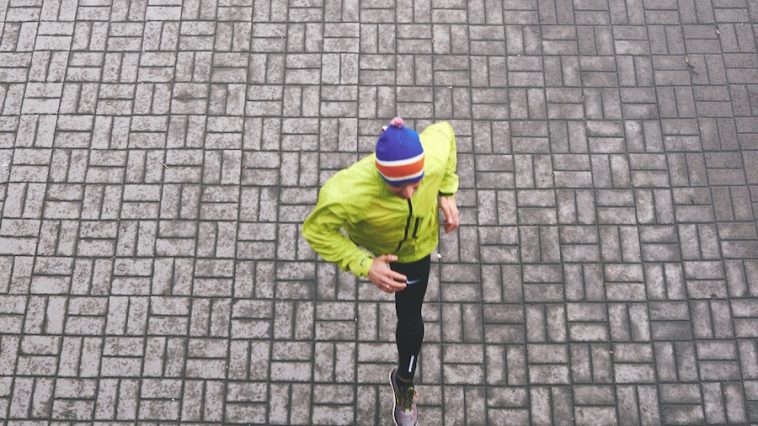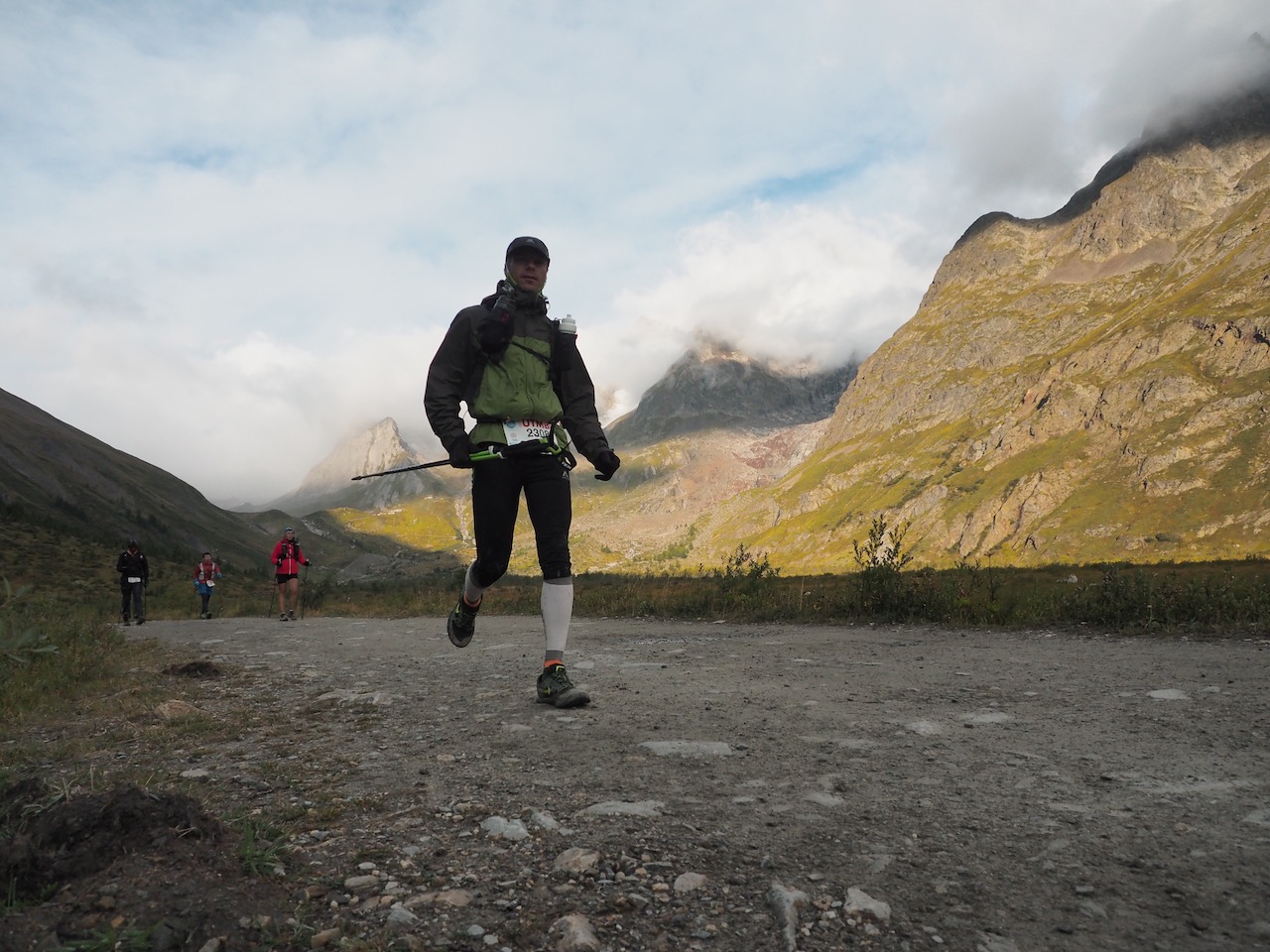Many of us are feeling extra anxiety these days and so we are yearning to get our running workouts in. Some of us are enjoying the enforced time off. Still others are sticking to their regular routes, or trying to, but potentially feeling the effects of guilt or shame from the effects that running has upon others who are no longer working, working from home, and seeking to enjoy outdoor spaces with more free time.
As regular runners, we should respect that the current era of social distancing has increased the proportion of people using our favorite paths and spaces, and to be the best citizens that we can be, we can use our powers of creativity and inventiveness to adapt.
So, how can we run out of doors and be socially and ethically responsible at the same time? Here are some recommendations.

Do loops and repeats in quiet places
If you want to run outdoors, or if you have to because you do not own a treadmill (the most obvious alternative), you should probably get used to repetition if you have not already. You’re going to face the challenge of loops and repeats if you don’t wish to impose yourself on the most popular places to be out of doors.
And, your neighborhood might not be the best place to run, if you live in an urban center, but there is likely a quiet neighborhood somewhere nearby. Rather than commit to the large, circular loops that take us through varying parks, popular pedestrian pathways, scenic splendor and subject poor strangers to our saliva and mucous, seek out a quiet neighborhood and do laps. Of course, should a resident give you a dirty look, you might need to find a new neighborhood.
Go deep
Perhaps you enjoy running in a large park in your city. What Canadian city does not boast a beautiful natural preserve with lots of scenic trails? And you’ve noticed that others in isolation have now taken to walking and running those selfsame trails, and you all risk infecting one another.
Try going a little further off the beaten path. Rather than the most popular, or flattest trails, venture a bit deeper into the interior of the park to find trails and spaces that walkers and new runners might not think to seek out. For example, Vancouver has a popular pedestrian pathway called the Seawall, which is very popular to run on, and it loops around Stanley Park. It is packed every beautiful day. However, the gravel trails within the park are completely empty, because car access has been banned!
The loops and repeats recommendation works here, too. Maybe there is a quiet section of trail, but it’s only a kilometer or two. Turn up a fun playlist, think of a problem to solve, or just reminisce on past races, and run those repeats.
Caveat: this advice is only applicable if these trails are safe and relatively accessible. Don’t go too deep, or test your mettle on new or challenging trails. We do not want to increase the likelihood of rescue or injury to add to the stress for our beloved frontline healthcare workers!
Run Early or Late

There are far fewer people out in the early morning in most cities, and you can be certain that most newer runners are less likely to run after dusk or in twilight. If you modify your daily routine to run earlier or later, you’re less likely to be concerned with maintaining social distancing, and you can enjoy your favorite routes stress-free.
Get inventive
Runners are reporting quiet and abandoned areas to run that were never previously runnable due to traffic or congestion. And due to the shutdown of the economy, many industrial areas of our cities are quiet and empty of automobile and pedestrian traffic, but more importantly, full of fresh air.
For examples, some places that are currently empty which often coincide are large mall parking lots and their parking garages. In the garage, you can do hill repeats on the ramps, and a nice fartlek or speed workout in the parking lot (you can measure distances beforehand on Google map pedometer if you like to be precise).
Some cities have isolated university campuses that are completely empty and yet the grounds are still open to the (socially distancing) public.
Caveat: these spaces are technically private property. Please attend to notices and staff or security who may be monitoring access. You may also have luck with pedestrian overpasses or public areas like stadiums or like the aforementioned university grounds which are empty of their normal population and offer alternative areas to run and explore.
Go to the graveyard
Graveyards are places where many people do not feel comfortable, especially during a pandemic! But if you can quell your superstitions and anxiety, they’re often a great place to do a workout. They tend to be hilly, they’re very quiet and devoid of vehicular traffic, and full of oxygenating trees. They can be very interesting, especially if they’re old and in a major urban center. Again, they may not be large enough to run a route of your preference without doubling or repetition.
Caveat: not all graveyards are comfortable with public access if you are not there to honor the deceased. Check the websites and notices at entranceways. Please do also respect the graves, the deceased and their families, and only run on roads and paths, not among the gravestones. A final grim but practical note: keep an eye out for services and stay far away out of respect for all.
Drive

Not everyone owns a car, and we must not, of course, carpool, but should you own a vehicle, drive to the outskirts of your city and find the parks and green spaces that are less populous simply by virtue of not being near an urban center. Perhaps there is a car sharing company in your city (they and you must, of course, adhere to strict sanitary measures if you choose this option).
Caveat: only drive within your metropolitan region, and not beyond and of course, remain within your province.
Quarantine your humble brags
While it’s reasonable to update Strava and receive kudos, if you’re that type of runner, let’s take a breather from posting our long runs on social media. Not everyone can leave their home in this pandemic. The UK, France, and certain states and municipalities have strict criteria in place about when and where one may leave their house, and for what reason. If you are able to leave your house for an uninhibited and lengthy run to someplace gorgeous, let’s not rub the world’s nose in it. Until we’re all able to enjoy the lifting of orders to shelter in place, let’s quietly train in peace and post about at-home isolation workouts and distractions instead.
Don’t run
Any run can be replaced by an indoor workout. A recent study indicated that a 30-45 minute high intensity interval (HIIT) workout can replace any serious marathoner’s training run. So why should any of us feel compelled not to do the same. YouTube is a gold mine of free workouts that rely on body weight alone, or light weights which most runners have anyway.
In conclusion, please try to be aware of the collective efforts of everyone to stay safe and injury free, quarantined and in isolation, healthy and safe and socially distant, and craving that workout! Adapt and modify to let those who need ease of access to utilize those popular trails to feel stress-free and safe.
Roy Kok is an ultrarunner, writer and run-commuter hailing from Vancouver, B.C. He was an invitee and participant for Team Canada at the 2016 World Trail Ultra Running Championships in Braga, Portugal and the 2014 Canadian (Trail) 50-mile champion.
Must Read:
- Covid19: we are united against you!
- Confined at home, yoga and meditation allow you to stay active and calm
- Feeling depressed or anxious? Try running as a medicine.


